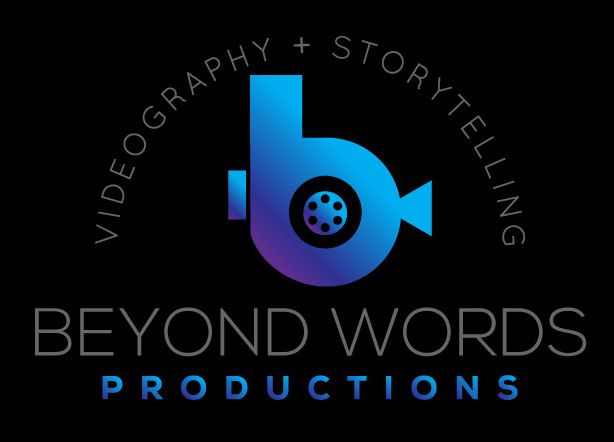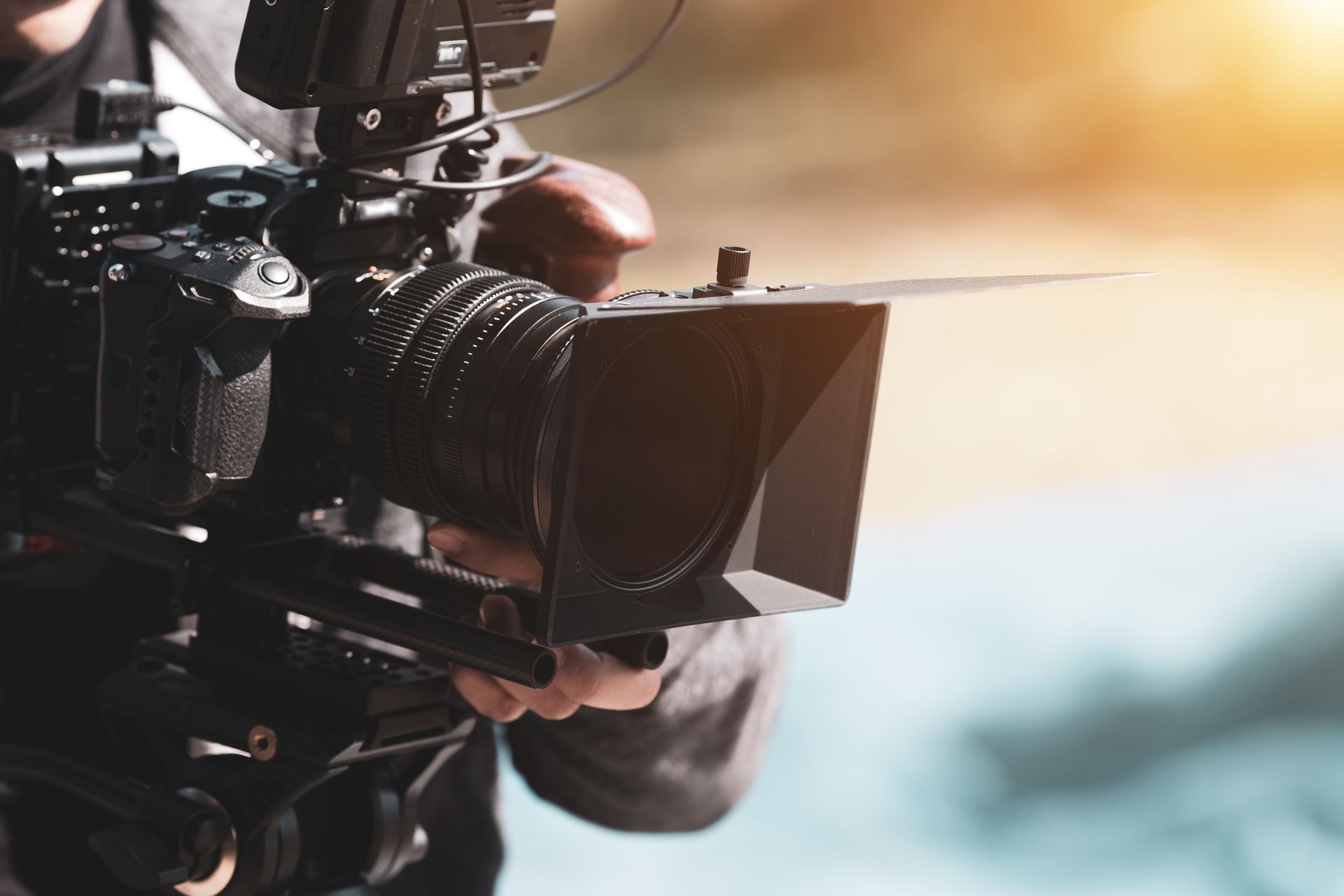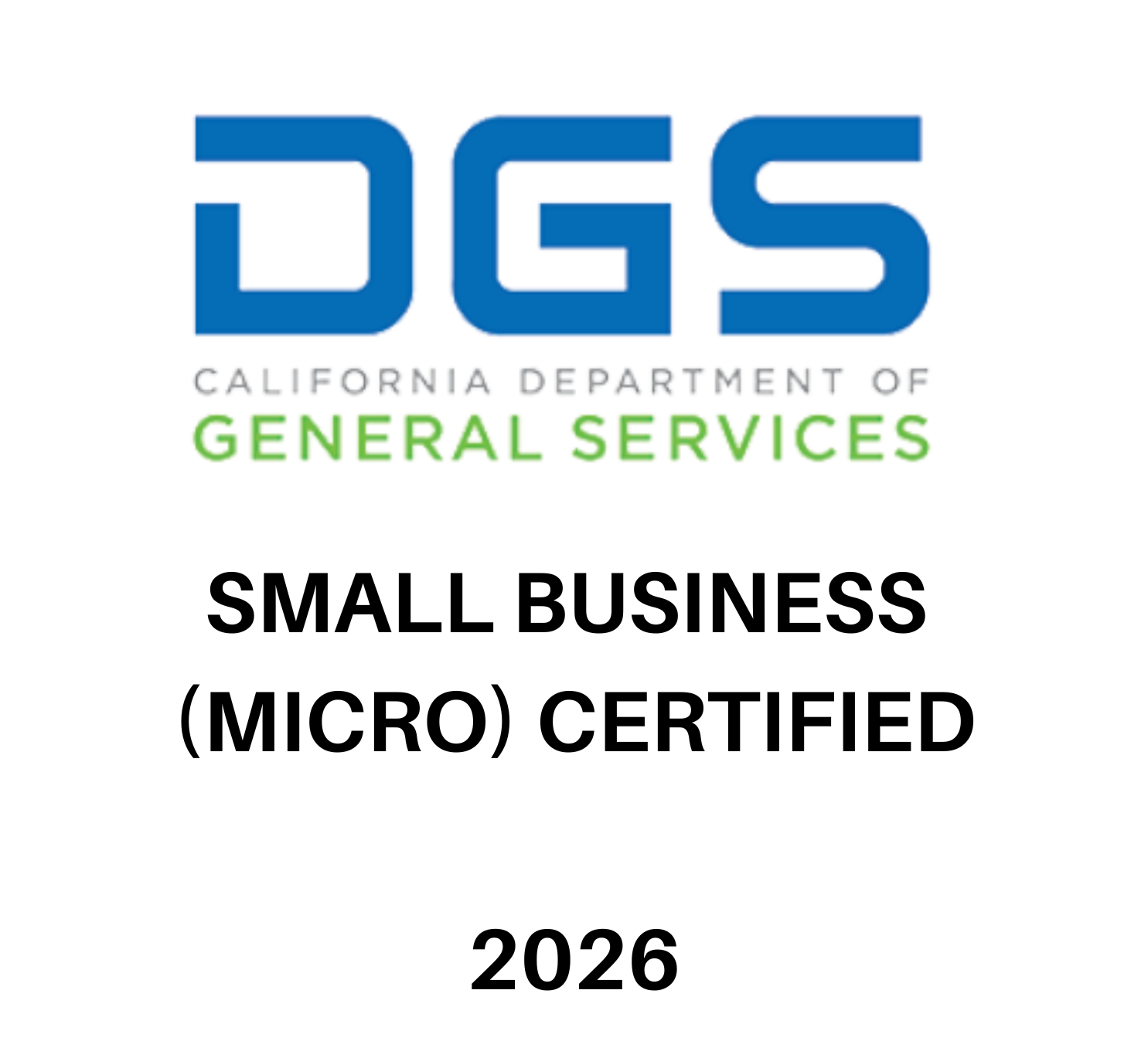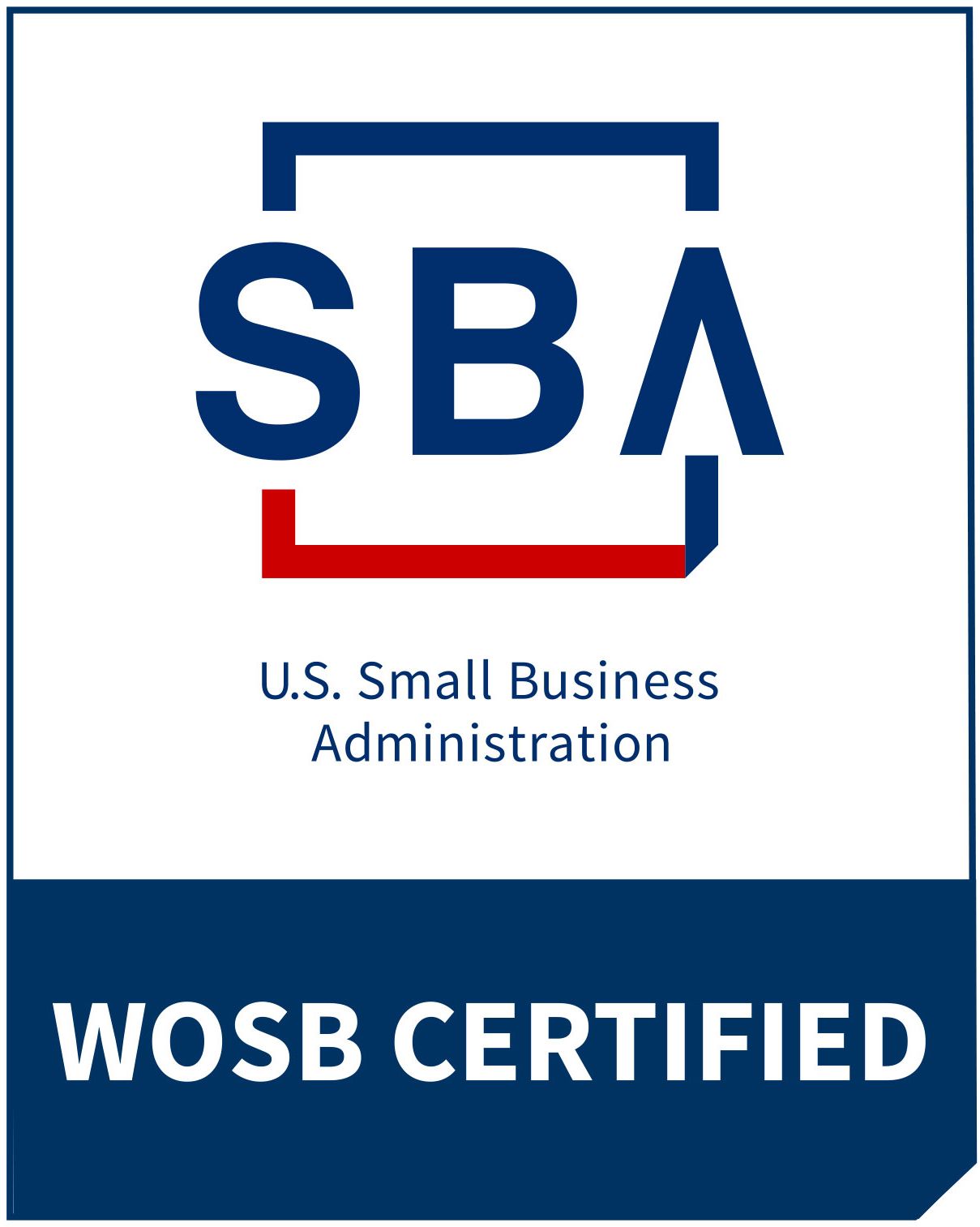Starting Out as a Videographer: Essential Equipment for Beginners
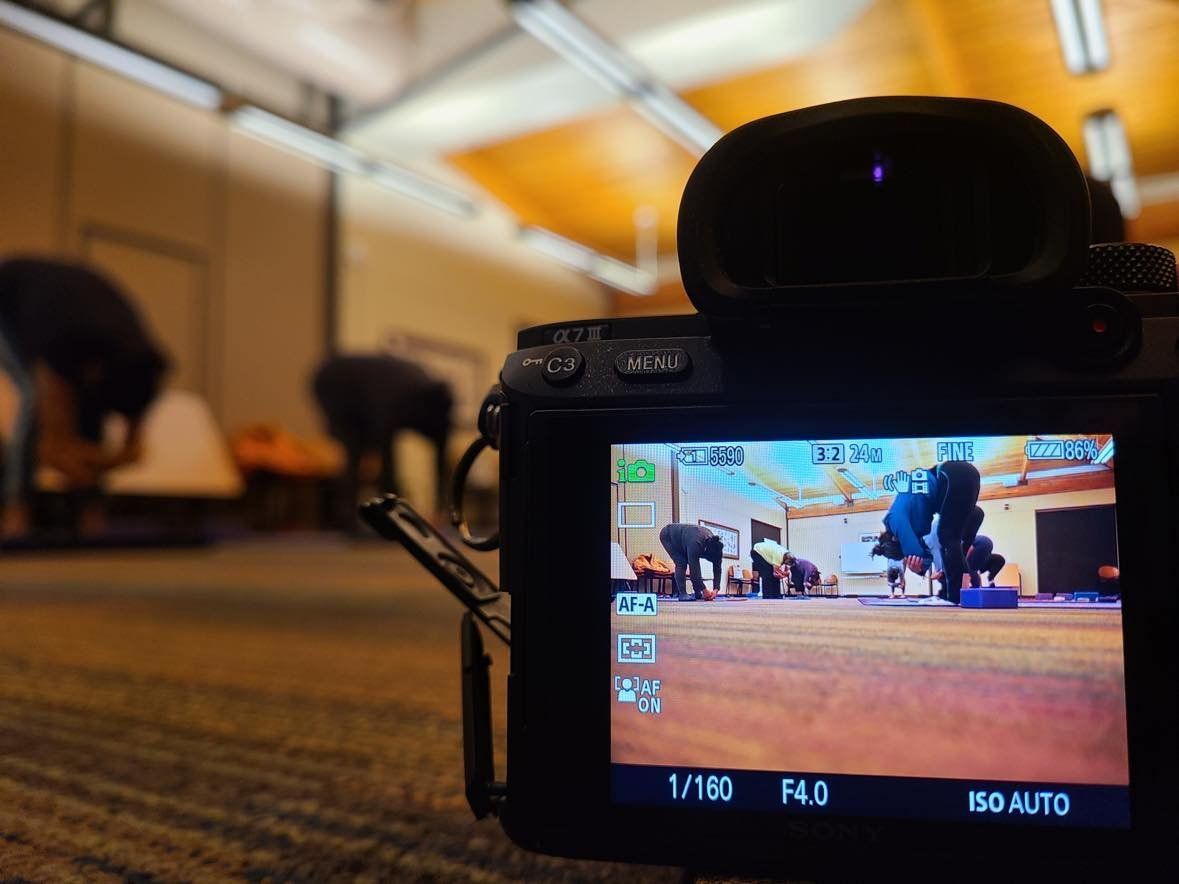
Congratulations on embarking on your journey as a videographer! Whether you're diving into videography as a hobby or considering it as a potential career path, having the right equipment is crucial to get started. In this post, we'll walk you through the essential gear you'll need to create basic videos and kickstart your videography adventure.
1. Camera:
Start with a DSLR or mirrorless camera with video recording capabilities. These cameras offer high-quality video and the flexibility to change lenses, which can be essential for different shooting scenarios.
2. Tripod:
A stable, adjustable tripod is a must-have. It helps you achieve steady shots, eliminates shaky footage, and allows you to set up your camera at various angles. Here’s one that’s worked great for us!
3. Microphone:
Good audio is just as important as clear visuals. Invest in an external microphone, like a shotgun or lavalier mic, to capture high-quality sound. These mics minimize background noise and ensure your subjects' voices are crystal clear. These wireless RODE lav mics are a staple in our camera bag.
4. Lighting:
Adequate lighting is key to achieving professional-looking videos. Start with basic lighting kits that include soft boxes or LED panels, like these ones. Proper lighting enhances the quality of your footage and can make a huge difference in your videos' overall look.
5. Memory Cards and Extra Batteries:
Carry two to three memory cards with you to ensure you don't run out of storage space during shoots. Recording on two memory cards is also a way to back up your clips on set in case something happens to one of the cards. Also, always carry extra batteries with you!
6. Editing Software:
Editing is where the magic happens. Invest in video editing software like Adobe Premiere Pro, Final Cut Pro, or a free option like DaVinci Resolve. Learning to edit your footage is essential for creating compelling videos.
7. Stabilizer (Optional):
While not essential for beginners, a gimbal or handheld stabilizer can greatly improve the smoothness of your shots, especially if you plan on shooting a lot of moving footage.
8. External Hard Drive:
Video files can quickly fill up your computer's storage. Invest in an external hard drive to store your video projects and keep your computer running smoothly. (It’s also a good idea to back up all your clips to a Cloud or a service-based storage like Dropbox in case anything happens to the external hard drive)
Remember that you don't need to break the bank when starting out. In fact, there are several online camera companies that will let you purchase everything you need at once and pay it off interest-free over one year. It’s a great financing option for those of you who may not have several thousand dollars on hand to spend on the equipment you need. (Click here for a list of our equipment recommendations!). As you gain experience and decide to pursue videography more seriously, you can gradually upgrade your equipment. Videography can be a very profitable business so think of the initial expense as an investment on your future! The key is to start with the basics, practice consistently, and develop your unique style as a videographer. And always watch videos that inspire you & follow other people’s work. These are great self-educating practices that should become habitual for you to continue learning and growing!


